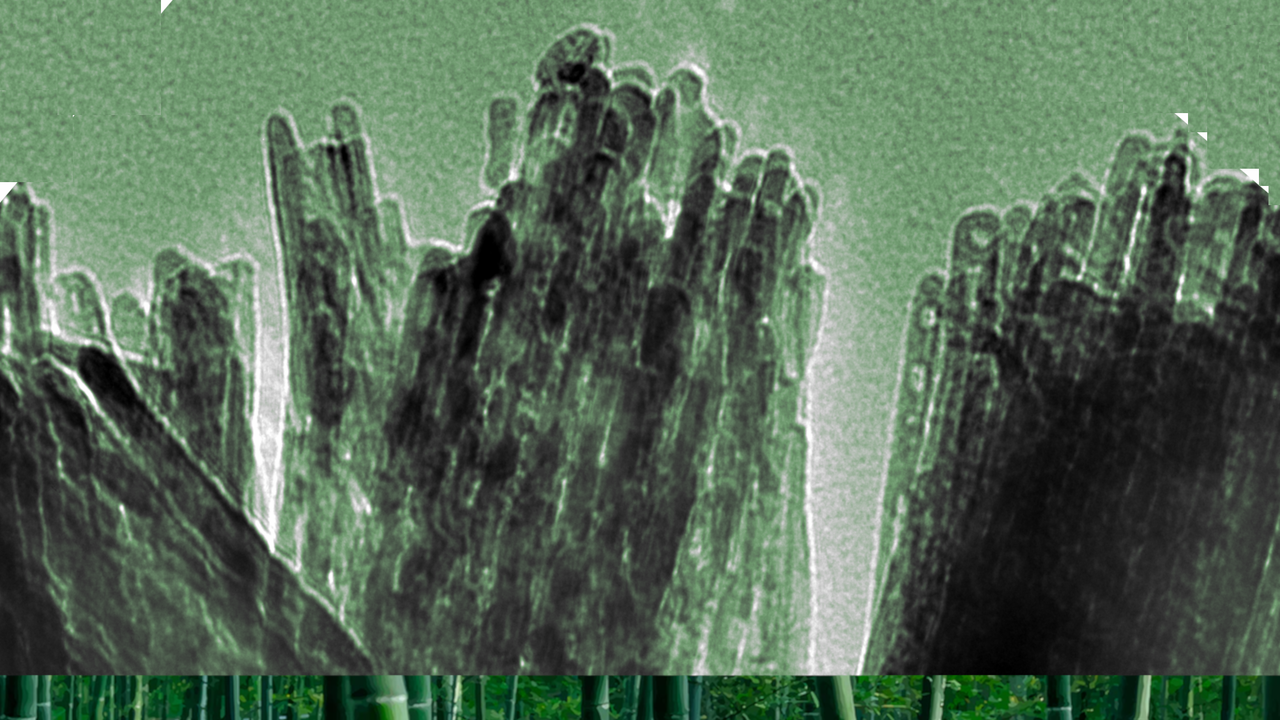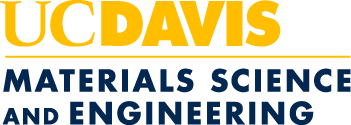
Castro group paper highlighted by Materials Today
A publication from Professor Ricardo Castro’s group was highlighted on Materials Today. The team, consisting of Castro’s group and visiting postdoctoral scholar Flavio Souza, found that Chlorine alters electron spin in hematite, showing why the material underperformed expectations in photoelectrochemical cells and proving that spin mobility manipulation is possible.
Photoelectrochemical cells (PEC) are key to carbon-neutral solar fuel production via artificial photosynthesis. PECs can absorb water molecules or carbon dioxide and, after being excited by the sun, split them into oxygen and hydrogen or carbon monoxide to produce H2 fuel or more complex organic molecules. Castro’s group is looking at ways to make this process cheaper and more efficient.
In theory, hematite is an ideal photoanode for PECs, but the experimental efficiency measured in hematite containing PECs was nowhere near expected. The team soon figured out it had to do with how it was being processed.
“To increase cell efficiency, we built this little forest of hematite-rods that have limited defects,” said Castro. “This makes it very efficient, as it reduces charge blocking effects.”
Though these “forests” spontaneously grow in the presence of chlorine, the group found out that the chlorine is also what was contaminating the system, even in small amounts. The chlorine, the group theorized, immobilizes electrons-spin, disrupting the magnetic response that is apparently connected to the electrophotocatalytic effect.
“Spin mobility manipulation is simply unprecedented.” said Castro. “By showing that the chlorine presence actually changed the spin mobility, we’re proving that spin mobility can be manipulated with an anion dopant.”
From the result, the group has begun planning further studies on how to refine and control electron spin that either reduce, amplify or reverse the effect of chlorine.
The paper, titled, “Annealing control of hydrothermally grown hematite nanorods: Implication of structural changes and Cl concentration on weak ferromagnetism,” was published in the August 2019 issue of Journal of Alloys and Compounds.
